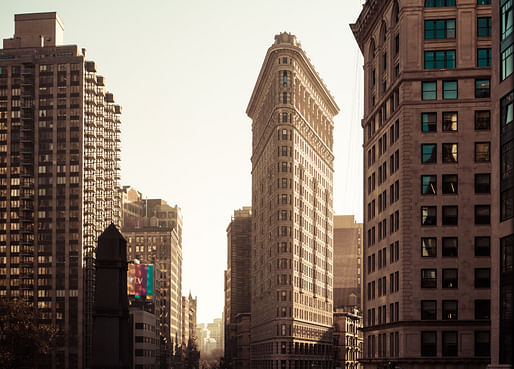

A new report from Moody’s Analytics is further dampening CRE prospects for the near future after declaring all office structures built before 1980 to be “obsolete” in terms of their abilities to lure back tenants in the face of an ongoing national downtown decline.
Speaking to MarketWatch recently, the ratings agency’s Nick Villa said buildings built before that date are obsolete because “generally speaking, if there were no significant renovations to the building, the amount of capital required to bring it 'current' and compete in today's market would be costlier.”
Cities like New York and Oklahoma City that maintain a higher share of these buildings may therefore face further economic difficulties as interest rates continue to climb and lending standards tighten.
The end of the pandemic has ushered in a new era of office design, with many new constructions and converted buildings offering modern amenities and more flexible layouts to lure white-collar professionals working from home at a rate of 33% nationally, according to the Pew Research Center.
Added to this is the enormous challenge of converting older structures to meet cities’ rising demand to curb carbon emissions and author more sustainable CBD environments. A total of 31% of all office buildings in major American markets were built before 1980, according to Moody’s.
The report also cautions that newer tech industry meccas such as Austin are also susceptible to the "cyclical volatility" of their economies. The issue has garnered the attention of New York Mayor Eric Adams and also bolsters a growing chorus of office conversion naysayers who claim the rush to prop up housing in major cities via such methods is equally hampered by the design of older buildings and costs associated with their turnover, which is being exacerbated by a general lack of local government’s support.
4 Comments
Ironic and idiotic, post-1980s is when the worst office buildings have been built overall.
This is just an excuse to demolish well built buildings to make newer and cheaper ones, that again lack in every quality, from the aesthetics to materials
"Just take two oxycontin and call me when you need a refill " - the experts
In related news, Moody's also declared grandparents to be outmoded and antiquated. "That heart's going to last, what, just another couple of decades. And those kidneys? Give me a break! What could these old relics possibly have to offer?"
Sounds like it was written by a f---ing moron who doesn't know a single f---ing thing about architecture and even less about historic rehabilitation & adaptive reuse.
No shit, sherlock, between 1970s and now, it's at the service life before a major renovation which is suppose to take place every 50 years and occassionally, a minor refit at about mid-point. Those are mostly technology related these days which would need major overhaul every 10 years and intermediate updates every 5 years. Some cases, 2-3 years but that's about the life cycle. When you deal with architectural overhaul, that might be about 20-25 years but sometimes it takes a bigger job when things like drywall and other stuff needs to be replaced. Sometimes, you have to overhaul a building from one office use to another or another use with similar spatial-function environments. Changing use into a much different use is much more involved. Adaptive reuse seeks to adapt existing buildings to new uses that is architecturally / structurally compatible so it requires minimal alterations that can be costly when taking into considerations such as pro forma analysis.
What type of office spaces depends on the type of office. Some office styles might be out of vogue but it doesn't mean the building is obsolete. It means that you adapt the use. Some office spaces can be adapted into apartments. In some cases, school buildings have been adapted to new use.
Technically, we're in a more shallow (compared to the '08-'12 recession) but potentially more protracted recession that may last until mid to late 2020s due to a country that has and is falling behind on things. We don't have the manufacturing to support the populations and there is no where the need for white-collar / highly educated professional careers to support a country of our population. Maybe if we were only 75-100 million in population, not 330-335 million or more (possibly 350 million by the end of the decade) and 400 million by 2060. The figures are still anyone's guess but that's kind of what to expect. Will there be enough occupations and if we are going to make it matter and equip the workforce of a post-manufacturing America (where manufacturing is no longer done in the U.S.), we are going to have to subsidize college educations all the way to Masters degree level. U.S. should have been subsidizing tuition and fees of undergrad since 2000-2010 time frame. Now, it's going to be Master's to compete by 2050. Some fields will be up to doctoral level to be standard.
I think there are a lot more issues at hand. If we are going to compete in manufacturing, we'll have to completely overhaul the entire U.S. and spend over $100 Trillion... more likely $250 Trillion to a Quadrillion over the next 50-100 years to be able to out manufacture twice the capacity of China and Japan combined.... per square mile basis.
Block this user
Are you sure you want to block this user and hide all related comments throughout the site?
Archinect
This is your first comment on Archinect. Your comment will be visible once approved.